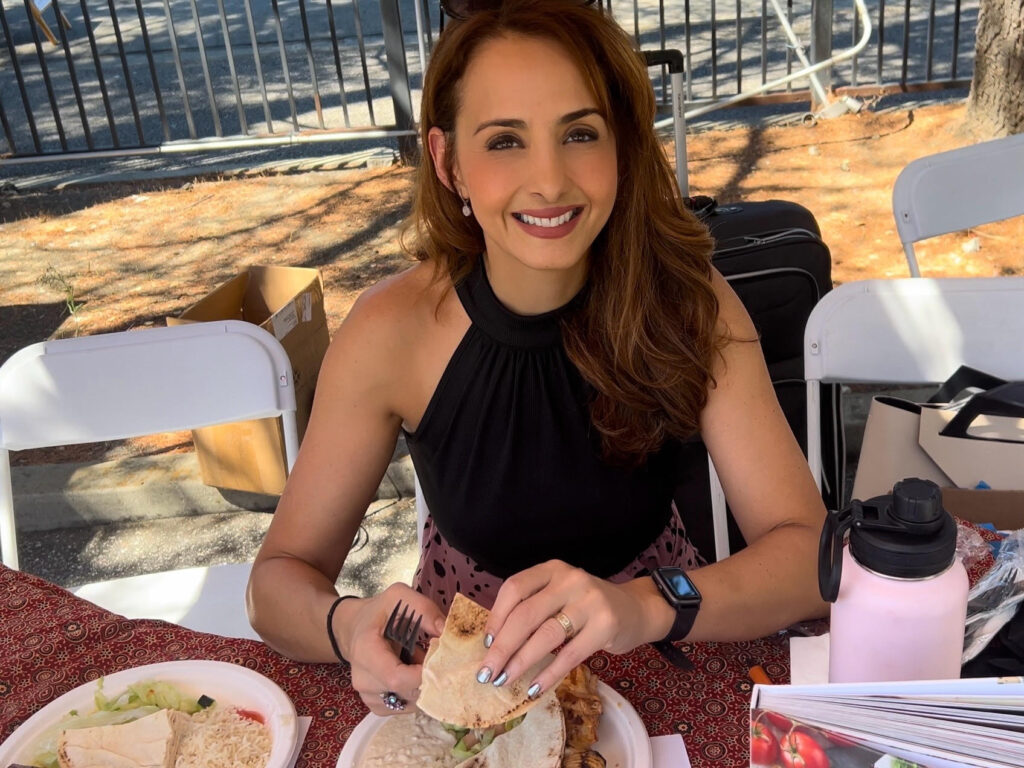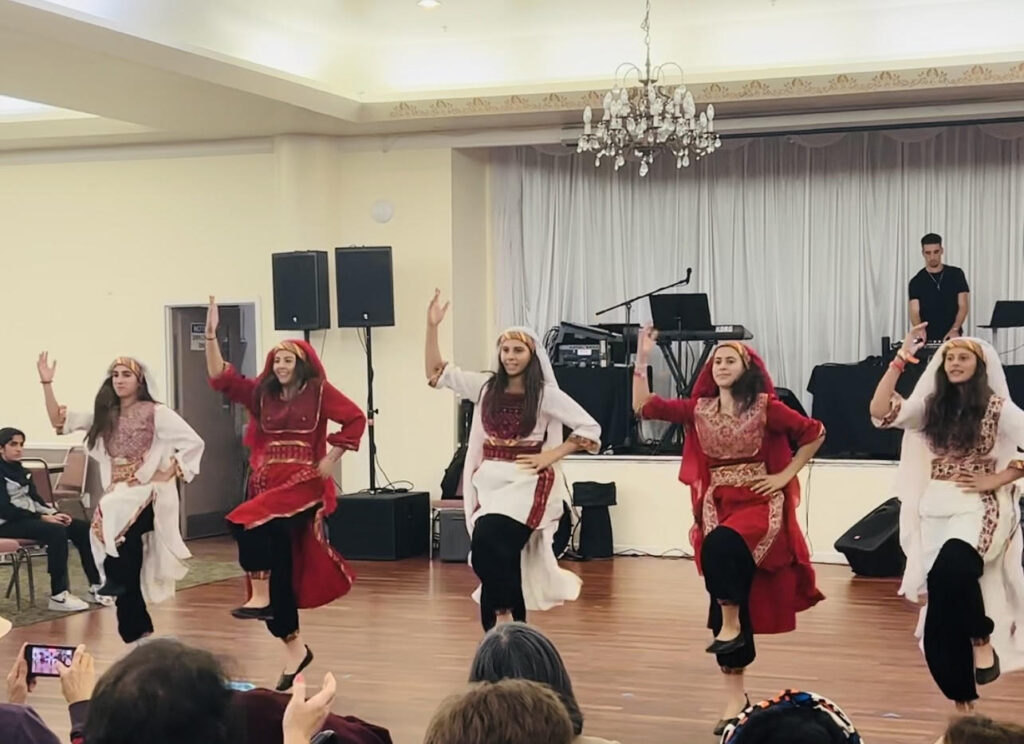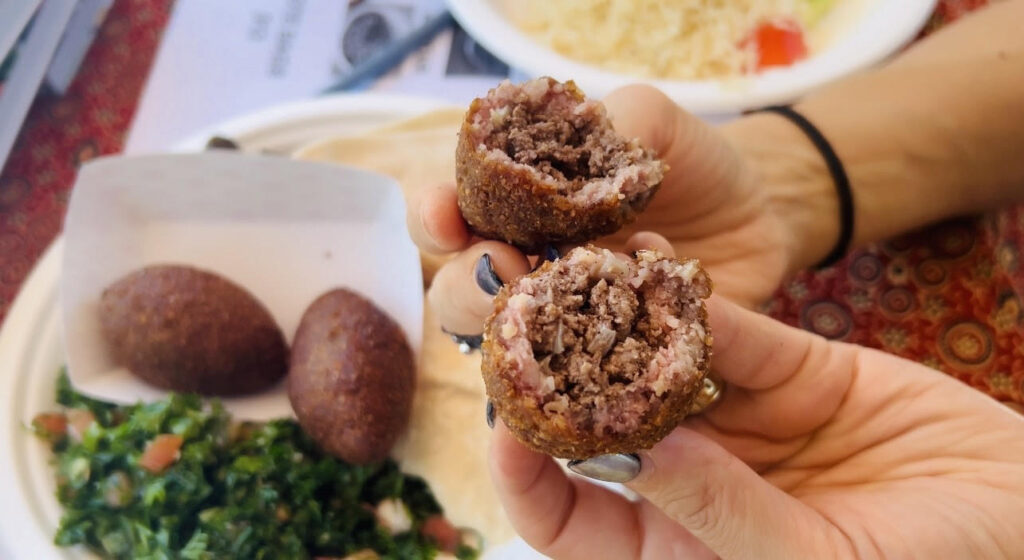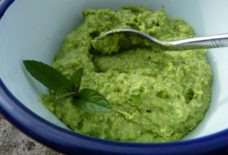Flavor Journey: Navigating the Vibrant Tapestry of Middle Eastern Food Festivals

By: Blanche Shaheen/Arab America Contributing Writer
In multiple cities around the country, fall is food festival season, an immersive way to explore the rich mosaic of flavors, traditions, and cultures from vibrant regions all over the world.
Many of the most popular ethnic festivals feature the food and cultures of the Arab world, drawing tens of thousands of attendees to sample cuisine from Palestine, Lebanon, Syria, and beyond. Whether you’re a seasoned foodie or a curious newcomer to Middle Eastern festivals, here’s how to get the most out of your experience, what to look for, and how to enrich your understanding of this ancient culture.
What to Expect
A Feast for the Senses

From the moment you step into these festivals, you’ll be greeted by the tantalizing aromas of spices like cumin, coriander, and sumac wafting through the air. Colorful stalls will display an array of dishes, desserts, and drinks, each reflecting the diverse cultures of the Middle East.
Variety of Dishes

Expect to find a plethora of options, including:
- Savory Dishes: Classic items like kebabs, shawarma, falafel, and stuffed grape leaves (dolmas) are often crowd favorites.
- Street Foods: Look for vendors selling items like manakish (Lebanese/Palestinian flatbread topped with za’atar spice and olive oil), spinach pies, and even Palestinian musakhan rolls filled with chicken, pine nuts, and caramelized onions.
- Vegetarian Delights: Many Middle Eastern dishes are naturally vegetarian or vegan, featuring ingredients like lentils, stewed green beans, chickpeas, and fresh vegetables. Salads like fattoush and tabouli along with dips like hummus and baba ghanouj with smoky eggplant are also staples.
- Sweet Treats: Don’t miss out on traditional desserts such as baklava, kanafeh, namoura (semolina cake) and mamoul, often paired with a cup of strong Arabic coffee or mint tea.
What to Look For
Authenticity and Ingredients
When choosing dishes, look for vendors that emphasize traditional recipes and high-quality ingredients. Ask about the origin of their dishes and any unique spices they use. This can lead to engaging conversations and a deeper understanding of the culinary practices.
Cultural Performances
Many festivals feature live music, dance performances, and cooking demonstrations. These elements add to the experience, offering insights into the cultural significance behind the food. Keep an eye out for traditional dances such as the dabke, which showcases regional storytelling through folkloric line dance. You might find musicians playing the lyrical oud, a pear shaped string instrument, the tabla or hand drum, or the qanoun, a harp shaped soundboard famous for its unique melodramatic sound.
Community Engagement
Food festivals are not just about eating; they’re also about community. Look for booths that promote local artisans, cultural organizations, or charities. Engaging with these booths can enrich your experience and connect you with the local Middle Eastern community. The jewelry, clothing, and ceramics on display each have their own stories of ancient culture and traditions.
To get a culinary tour of flavors you will find at these kinds of festivals, click on the video below:
More Tips for Navigating Festivals
Sample Wisely
With so many tempting options, it can be overwhelming. Consider taking small samples from different stalls to discover what you love. Ask if vendors offer tasting portions, allowing you to try a variety of dishes without overindulging.
Ask Questions
Don’t hesitate to ask vendors about their dishes—ingredients, cooking methods, and cultural significance. Most vendors are passionate about their food and will be excited to share their knowledge.
Be Adventurous
If you’re unfamiliar with certain dishes, be open to trying new things. You might discover new flavors and combinations that you never thought you’d enjoy. Look for dishes that may not be widely available in restaurants, as festivals often showcase regional specialties.
Stay Hydrated
Middle Eastern cuisine can be rich and filling, so make sure to drink plenty of water, especially if you’re sampling multiple dishes. Traditional drinks like refreshing mint lemonade called limonana, or jallab, a Lebanese iced beverage with carob syrup, can also help cleanse your palate.
The Enriching Experience
Attending a Middle Eastern food festival is more than just a culinary adventure; it’s a chance to immerse yourself in the culture. The food is a gateway to understanding the history, customs, and hospitality that define the region.
By sharing meals, stories, and traditions, you’ll gain insight into the diverse communities that make up the Middle East.
This cultural exchange fosters appreciation and respect, bridging gaps and promoting understanding among different cultures.
Navigating a Middle Eastern food festival is an exciting journey filled with flavors, stories, and connections. By exploring diverse dishes, engaging with vendors, and embracing the cultural experiences offered, you’ll not only satisfy your taste buds but also enrich your understanding of this vibrant region. So grab a plate, dig in, and enjoy every bite of this culinary celebration!
Blanche Shaheen is an Emmy Award winning journalist, host of the YouTube cooking show called Feast in the Middle East, and cookbook author. For more authentic and classical Middle Eastern recipes, you can purchase her cookbook, “Feast In the Middle East here: https://secure.mybookorders.com/mbo_index.php?isbn=9781545675113 For her cooking video tutorials, visit https://www.youtube.com/user/blanchetv Her recipes can also be found at https://feastinthemiddleeast.wordpress.com/








